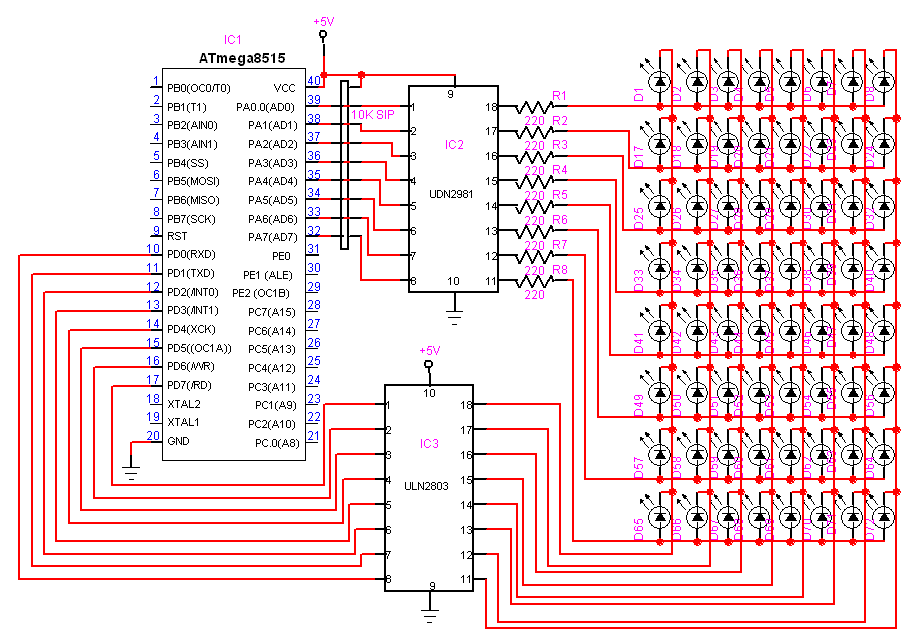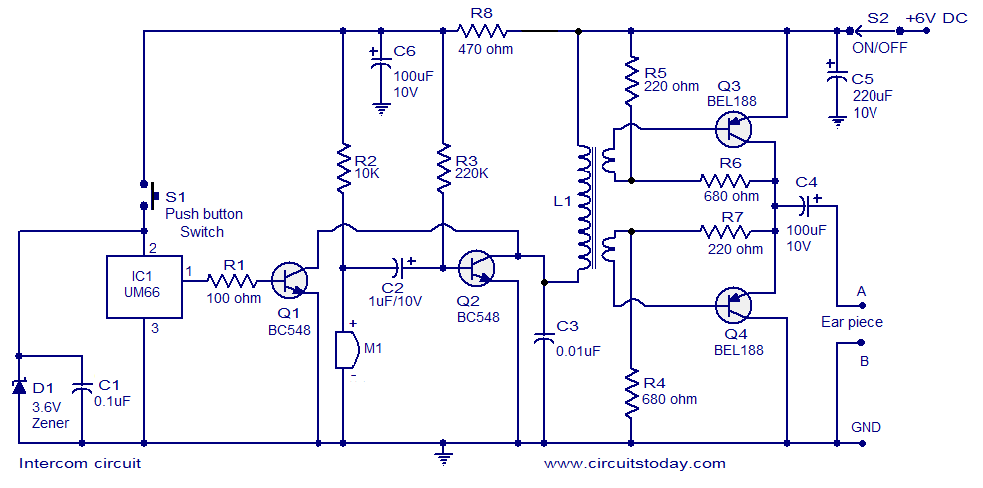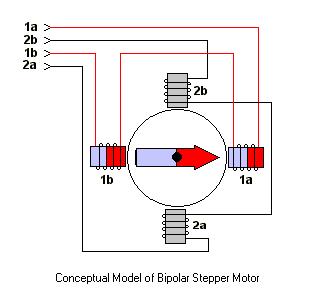
8G—8 Dotmatrix Scrolling LED display using atmega8515

Here is another project that creates a scrolling LED display. This display consists of 64 LEDs arranged in a matrix configuration. The anodes are driven through a driver circuit.
The scrolling LED display project utilizes a matrix of 64 LEDs, typically arranged in an 8x8 grid, allowing for versatile visual output. Each LED's anode is connected to a driver circuit, which controls the illumination of individual LEDs based on the desired scrolling message or pattern.
The driver circuit can be implemented using various methods, including using shift registers or dedicated LED driver ICs, which facilitate the multiplexing of the display. Multiplexing is essential in this application as it allows for the efficient control of multiple LEDs with fewer control lines, thereby minimizing the complexity of the circuit.
To create the scrolling effect, a microcontroller is often employed to manage the timing and sequencing of the LED illumination. The microcontroller sends signals to the driver circuit, activating specific rows and columns in rapid succession to create the illusion of movement. This requires careful programming to ensure that the timing matches the desired speed of the scroll and that the display remains legible.
In addition to the basic components, the circuit may include resistors to limit the current flowing through the LEDs, ensuring they operate within their specified ratings and prolonging their lifespan. A power supply is also necessary to provide the appropriate voltage and current for the entire assembly.
Overall, this project combines fundamental electronic components and programming techniques to create an engaging and visually appealing LED display that can be used for various applications, such as advertising, notifications, or decorative purposes.Here`s an another project, which makes an Scrolling LED display. Here 64 leds which are connected to an Matrix display. The Anodes are drived through an Driver. 🔗 External reference
The scrolling LED display project utilizes a matrix of 64 LEDs, typically arranged in an 8x8 grid, allowing for versatile visual output. Each LED's anode is connected to a driver circuit, which controls the illumination of individual LEDs based on the desired scrolling message or pattern.
The driver circuit can be implemented using various methods, including using shift registers or dedicated LED driver ICs, which facilitate the multiplexing of the display. Multiplexing is essential in this application as it allows for the efficient control of multiple LEDs with fewer control lines, thereby minimizing the complexity of the circuit.
To create the scrolling effect, a microcontroller is often employed to manage the timing and sequencing of the LED illumination. The microcontroller sends signals to the driver circuit, activating specific rows and columns in rapid succession to create the illusion of movement. This requires careful programming to ensure that the timing matches the desired speed of the scroll and that the display remains legible.
In addition to the basic components, the circuit may include resistors to limit the current flowing through the LEDs, ensuring they operate within their specified ratings and prolonging their lifespan. A power supply is also necessary to provide the appropriate voltage and current for the entire assembly.
Overall, this project combines fundamental electronic components and programming techniques to create an engaging and visually appealing LED display that can be used for various applications, such as advertising, notifications, or decorative purposes.Here`s an another project, which makes an Scrolling LED display. Here 64 leds which are connected to an Matrix display. The Anodes are drived through an Driver. 🔗 External reference





